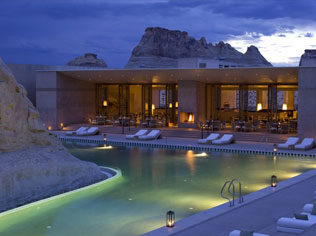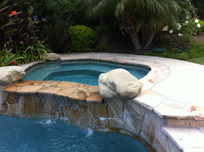ARTICLES
Advance Search
Aquatic Health
Aquatic Health, Fitness & Safety
Around the Internet
Aquatic Culture
Aquatic Technology
Artful Endeavors
Celebrity Corner
Life Aquatic
Must-See Watershapes
People with Cameras
Watershapes in the Headlines
Art/Architectural History
Book & Media Reviews
Commentaries, Interviews & Profiles
Concrete Science
Environment
Fountains
Geotechnical
Join the Dialogue
Landscape, Plants, Hardscape & Decks
Lighter Side
Ripples
Test Your Knowledge
The Aquatic Quiz
Other Waterfeatures (from birdbaths to lakes)
Outdoor Living, Fire Features, Amenities & Lighting
Plants
Ponds, Streams & Waterfalls
Pools & Spas
Professional Watershaping
Structures (Editor's Notes)
Travelogues & History
Water Chemistry
WaterShapes TV
WaterShapes World Blog
Web Links
Around the Internet
Aquatic Culture
Aquatic Technology
Artful Endeavors
Celebrity Corner
Life Aquatic
Must-See Watershapes
People with Cameras
Watershapes in the Headlines
I was recently rummaging through my local bookstore, searching for the next pearl to unveil in this space, when I came across a book that stopped me in my tracks just because of its title: Art & Fear: Observations on the Perils (and Rewards) of Artmaking. This slim, 122-page volume, written by David Bayles and Ted Orland (Capra Print Editions, 1993), is so provocative and insightful that
Compiled and Written by Lenny Giteck Oprah Winfrey Proves It’s Never Too Late to Learn How to SwimIt seems there is not much Oprah Winfrey can’t do. The many terms that describe her include
Several people have called me in recent weeks with best wishes and, above all, questions about what the future holds for our magazine, WaterShapes. That’s a reasonable inquiry, and the honest answer is
The beautiful pool shown above — at the five-star Amangiri resort in Canyon Point, Utah — is just one of 15 hotel swimming pools that made Budget Travel’s list: "World’s Most Amazing
How much do you know about swimmer Mark Spitz?
How do you define artistry? That’s a highly subjective question, of course, but I’ve always thought of it as a completed work that radiates impressions of insight, effort, skill and mastery — even in
Compiled and Written by Lenny GiteckMarlon Brando: Inventor of Traction-Optimizing Shoes for Swimming Pools What comes to mind when you think of the legendary actor Marlon Brando? Great films such as
I’ve just returned from a mini-break in which my wife Judy and I and two friends spent two-and-a-half days scrambling around Yosemite National Park. Six months ago, we had reserved a campsite near Lake May, thinking
Part of effective watershape construction involves the use of waterproofing agents to create barriers to water intrusion or to make concrete less permeable. But it’s also about





















Watershapers Must Grow or Go!